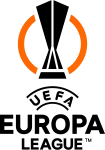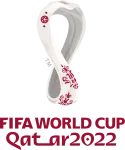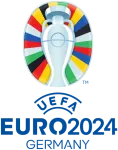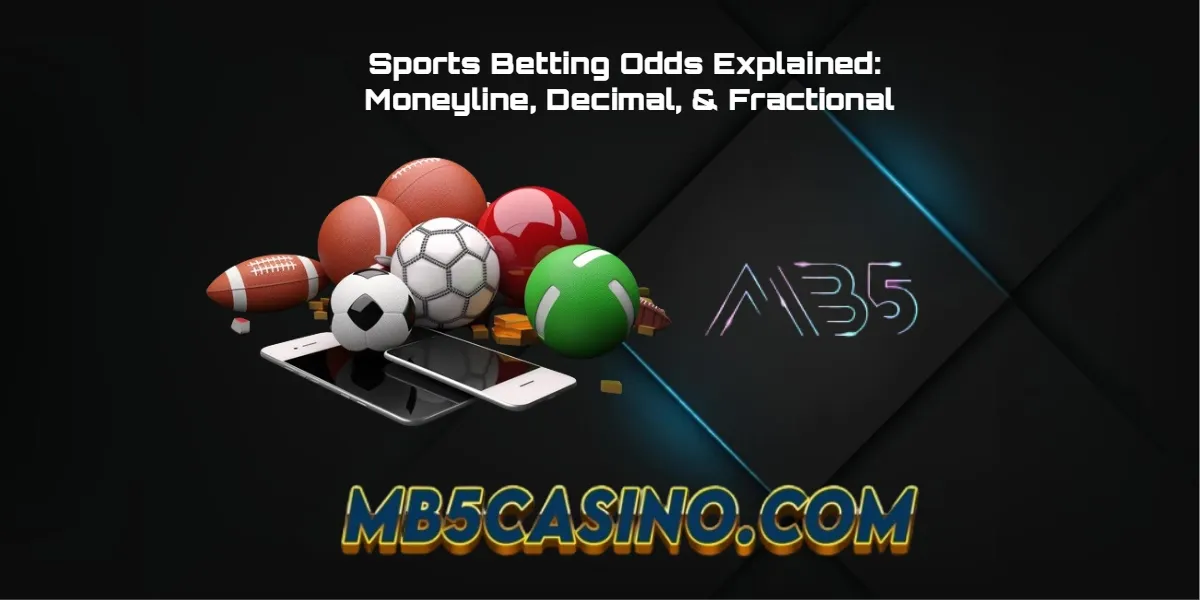The world of sports betting has exploded in popularity, transforming from a niche pastime into a multi-billion-dollar global industry. At the heart of every wager are the odds, the cryptic numbers that determine both the probability of an event occurring and the potential payout for a winning bet. Mastering how to read and interpret these odds is the fundamental first step for any aspiring bettor. The global nature of the industry means that odds are presented in several formats, each popular in different regions: Moneyline (American), Decimal (European/Global), and Fractional (UK/Traditional). While they may look vastly different, they all represent the exact same two core concepts: Implied Probability and Potential Payout. This comprehensive guide will demystify all three major formats, explain how to calculate your winnings, and show you how to seamlessly convert between them.
The Core Concepts: Probability and Payout
Before diving into the specific formats, it is crucial to understand that all odds are designed to convey two pieces of information. Implied Probability is fundamentally a representation of the bookmaker's assessment of an event's likelihood. For example, if a team has odds that suggest a 50% chance of winning, a winning bet would essentially double your money. The shorter the odds (lower risk, higher probability), the smaller the payout. The longer the odds (higher risk, lower probability), the greater the payout. A key point to note is the concept of "Vig" or "Vigorish" (also known as the bookmaker's cut). If you add up the implied probabilities for all possible outcomes in a market, the total will always be slightly over 100%. This margin is how the sportsbook guarantees a profit regardless of the outcome. Odds also determine the financial return on your wager. The total payout consists of two parts: the Profit you win and the return of your original Stake (the amount you bet). Different odds formats include the stake in the displayed number in different ways.
Moneyline Odds (American Odds)
Moneyline odds are predominantly used in the United States. They are arguably the most unique and, for new bettors, often the most confusing format due to the use of positive and negative signs. They are centered around winning or wagering $100. The Minus Sign indicates the favorite, the team or outcome the bookmaker believes is most likely to win. A negative number, such as -150, shows how much money you must risk (stake) to win a $100 profit. Odds of -150 mean you must bet $150 to win a profit of $100. Your total payout would be $250 ($150 stake $100 profit). To calculate the profit for any stake on negative odds, you divide 100 by the odds and multiply by your stake. For example, a $50 bet at -200 odds would yield a $25 profit. The Plus Sign indicates the underdog, the team or outcome the bookmaker believes is less likely to win. A positive number, such as 200, shows how much money you will win in profit for a $100 stake. Odds of 200 mean a $100 bet will win a profit of $200. Your total payout would be $300 ($100 stake $200 profit). To calculate the profit for any stake on positive odds, you divide the odds by 100 and multiply by your stake. For example, a $50 bet at 300 odds would yield a $150 profit.
Decimal Odds (European/Global Odds)
Decimal odds are used widely across Europe, Canada, Australia, and are increasingly popular globally, including on online platforms. They are often considered the simplest format because they represent the total return (stake profit) for every one unit wagered. A decimal number, such as 2.50, tells you exactly how much money you get back, including your original stake, for every unit you bet. Odds of 2.50 mean that for every $1 you bet, you receive $2.50 back. With a $100 bet at 2.50 odds, your total return is $250, with a profit of $150. Any odds of 2.00 are considered "Even Money" (you double your stake). Odds below 2.00 represent the favorite, and odds above 2.00 represent the underdog. To calculate the total return on decimal odds, you simply multiply your stake by the Decimal Odds. Your profit is the total return minus the stake. For instance, a $75 bet at 1.80 odds would result in a total return of $135 and a profit of $60.
Fractional Odds (UK/Traditional Odds)
Fractional odds, presented as a fraction (e.g., 5/1), are traditionally used in the United Kingdom and Ireland, particularly in horse racing. They are the oldest format and represent the ratio of profit to stake. A fractional listing, read as "five-to-one," indicates the profit you will win relative to your stake. The Numerator (first number) is the potential Profit you will win, and the Denominator (second number) is the Stake you must wager to win that profit. Odds of 5/1 mean for every $1 staked, you win $5 in profit. With a $20 bet at 5/1 odds, your profit is $100, and your total payout is $120. If the numerator is larger than the denominator, it's an underdog bet. If the denominator is larger (e.g., 1/5), it's a favorite bet. Odds of 1/5 mean for every $5 you bet, you win $1 in profit. To calculate the profit, you multiply your stake by the fractional odds. Your total return is the profit plus the stake. For example, a $40 bet at 7/2 odds would yield a $140 profit and a total payout of $180.
How do odds work in sports betting, and how do I read them?
online betting malaysia odds represent two things: the implied probability of an outcome occurring and the potential payout of a winning bet. Odds are most commonly displayed in three formats: American (Moneyline), Decimal (European), and Fractional (UK). The favorite, or team expected to win, will have a lower payout, while the underdog, or team less likely to win, offers a higher payout.
The Universal Language: Converting Odds and Implied Probability
Because all three formats express the same value, it is essential to be able to convert between them, which is a valuable skill for any serious bettor looking to compare odds across different international sportsbooks. Decimal odds are often the easiest intermediate step, as they include the stake. To convert Fractional to Decimal, you divide the numerator by the denominator then add 1. To convert Positive Moneyline to Decimal, you divide the odds by 100 then add 1. For Negative Moneyline, you divide 100 by the absolute value of the odds then add 1. Implied Probability is the bookmaker's percentage chance of the event occurring, and it is calculated by dividing 1 by the Decimal Odds and multiplying by 100. For example, Decimal odds of 4.00 have an Implied Probability of 25%. Mastering these conversions allows you to hunt for Value, which exists when your own probability assessment is higher than the bookmaker's Implied Probability. Furthermore, decimal odds make parlay calculations much easier, as you simply multiply the decimal odds of each selection together. This knowledge is the single most important asset that separates the casual gambler from the serious, strategic bettor.








































